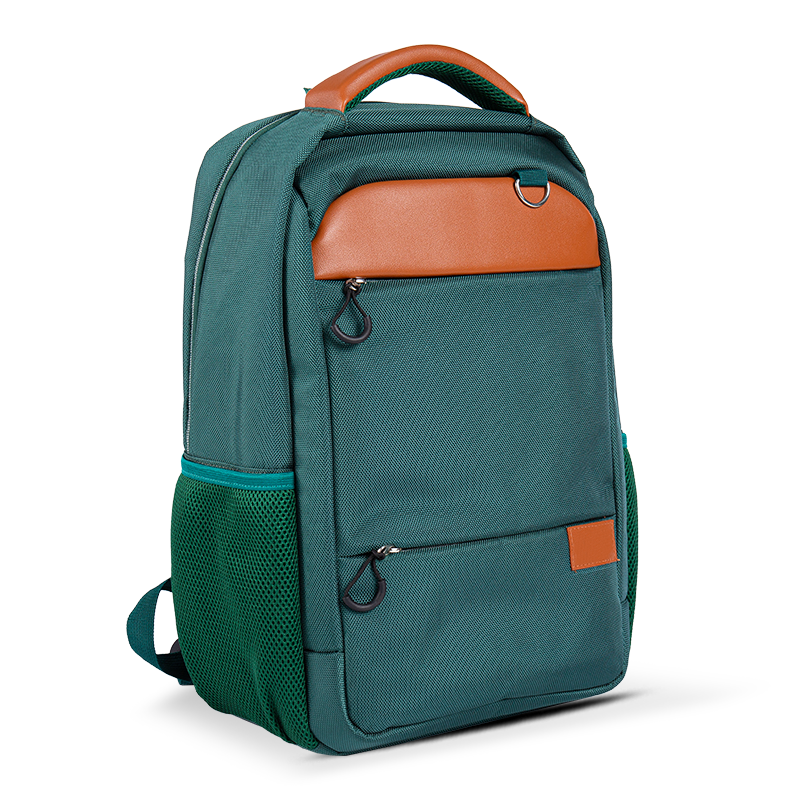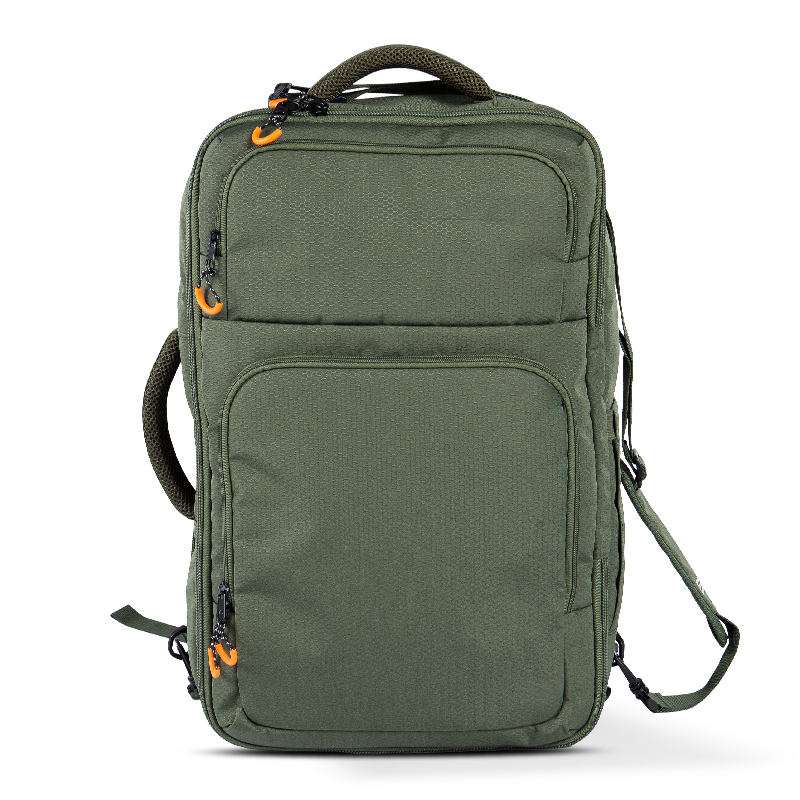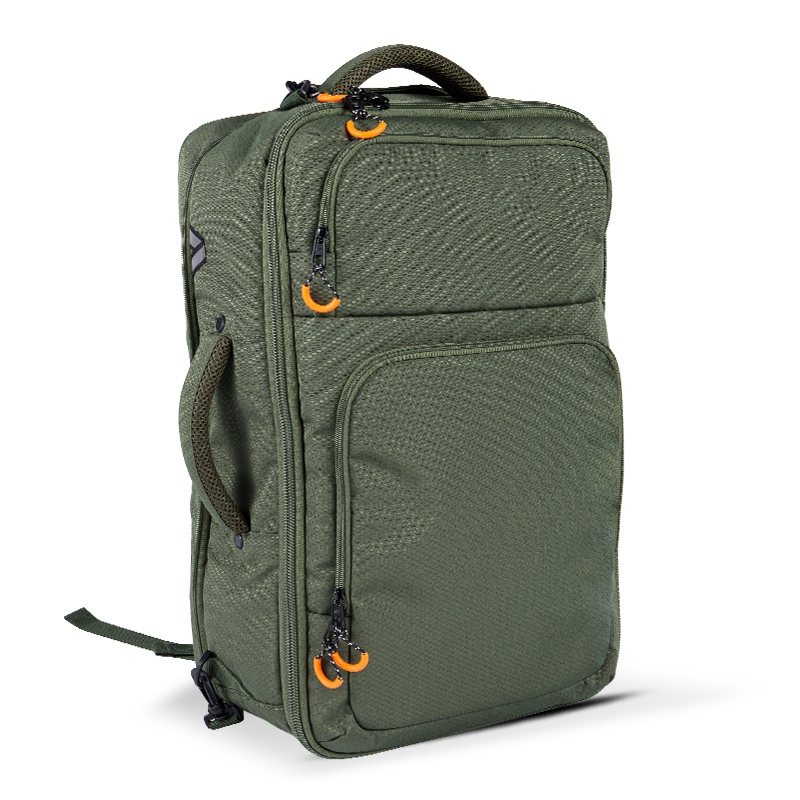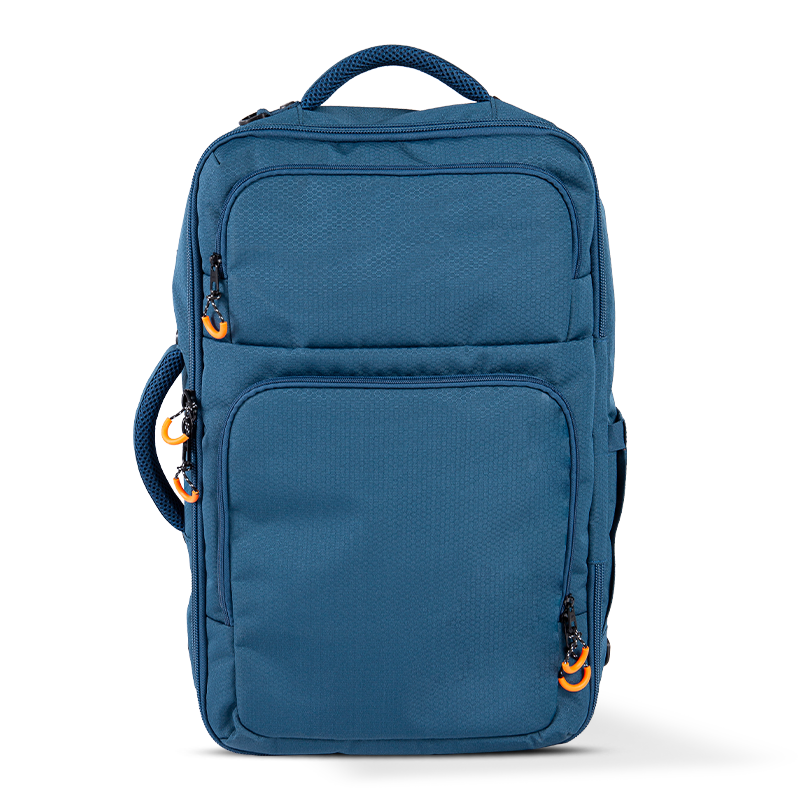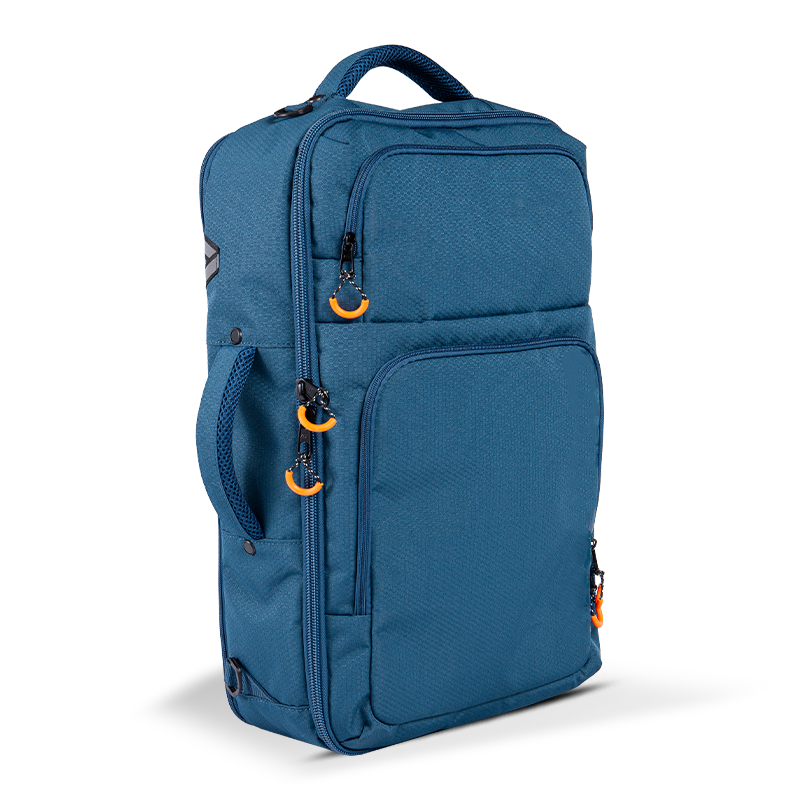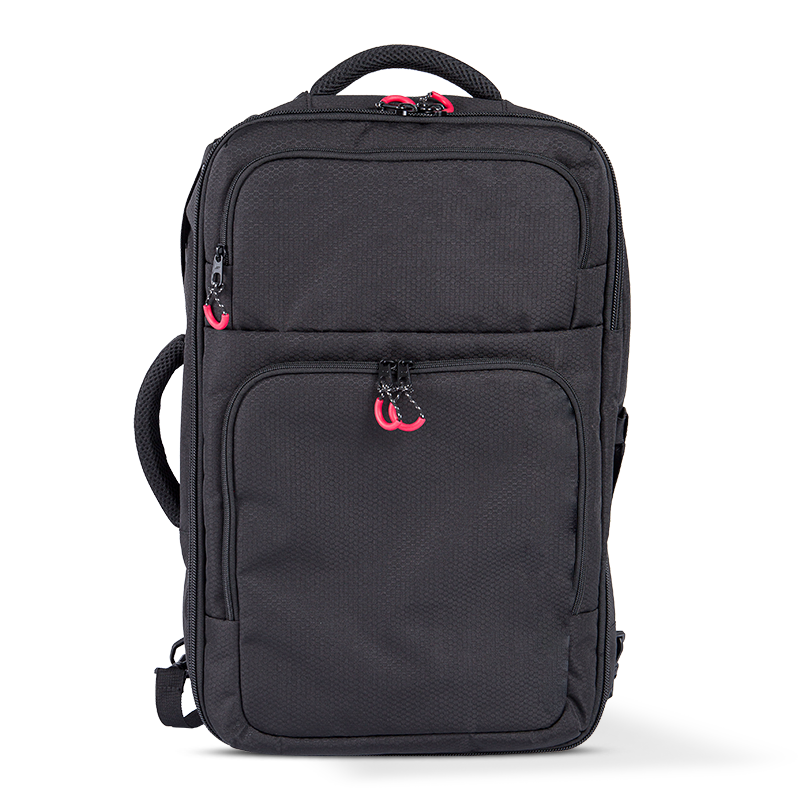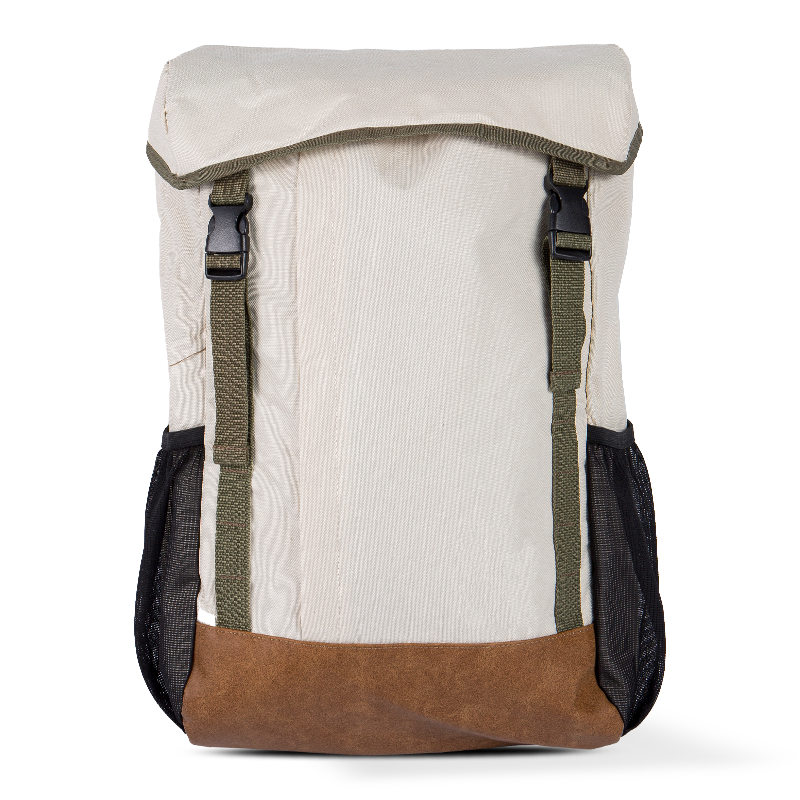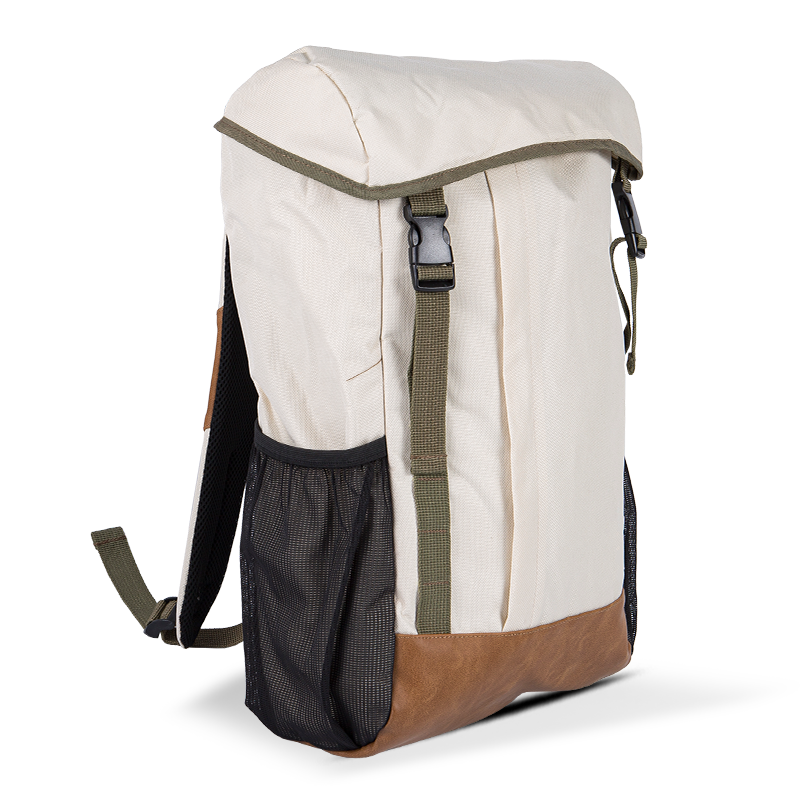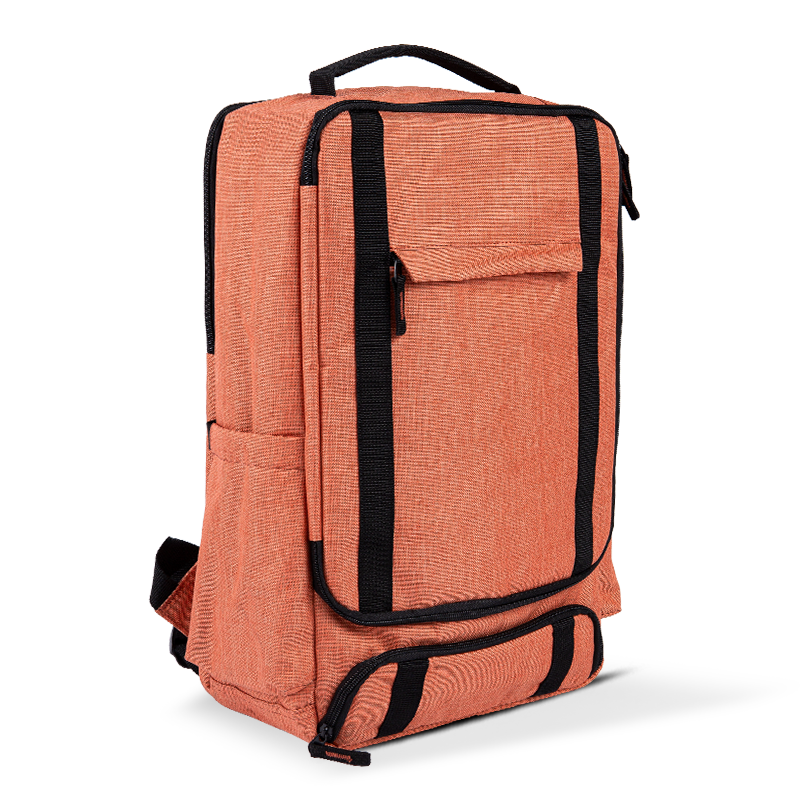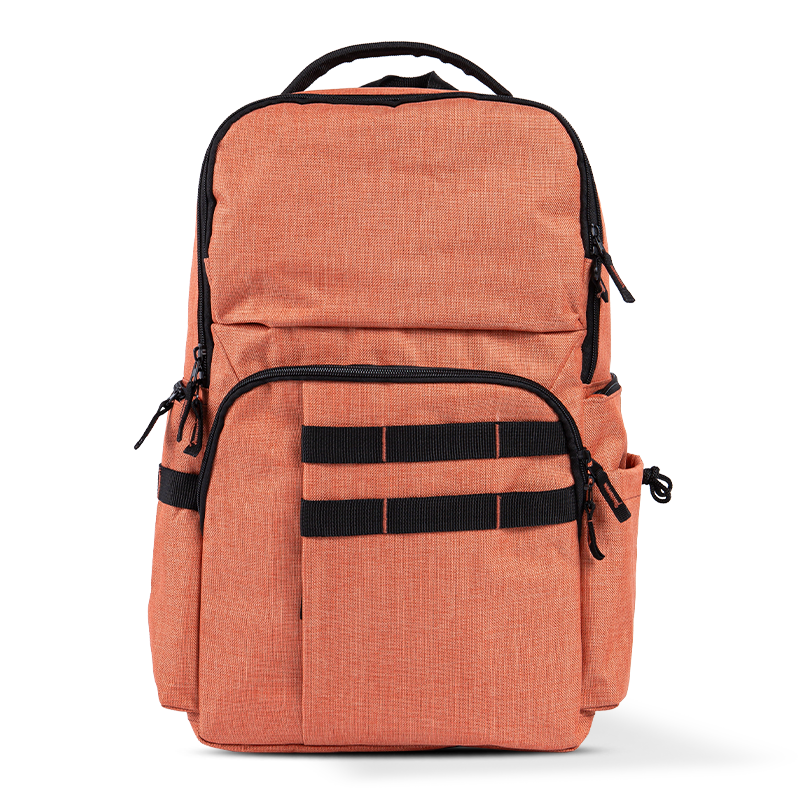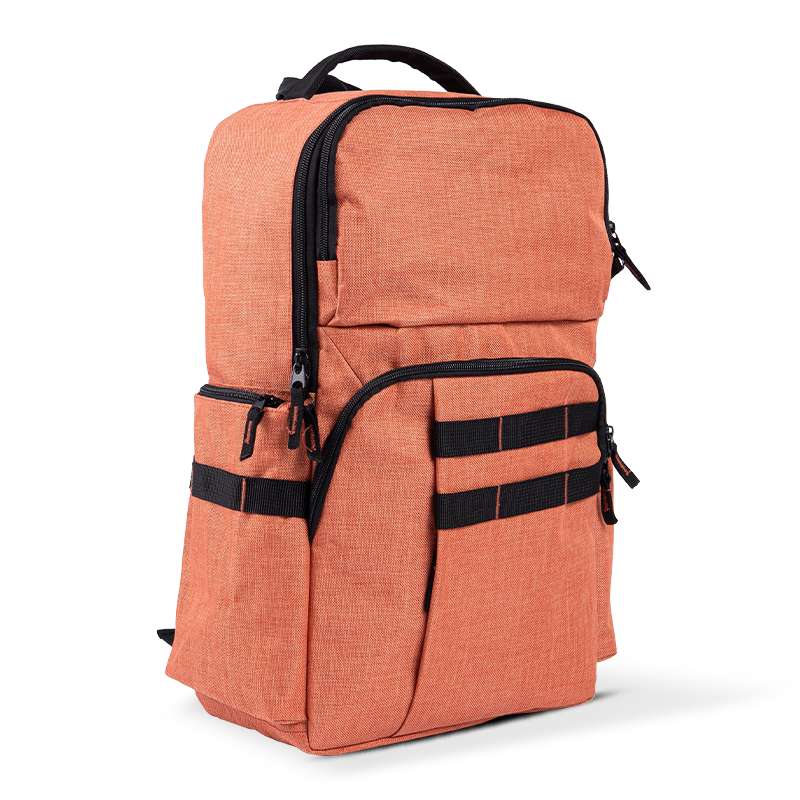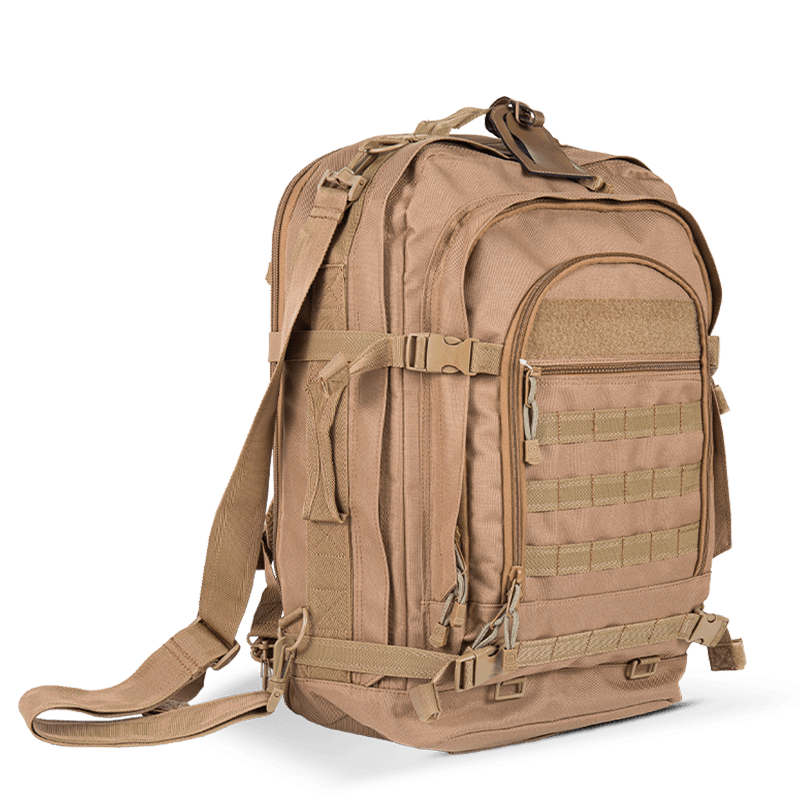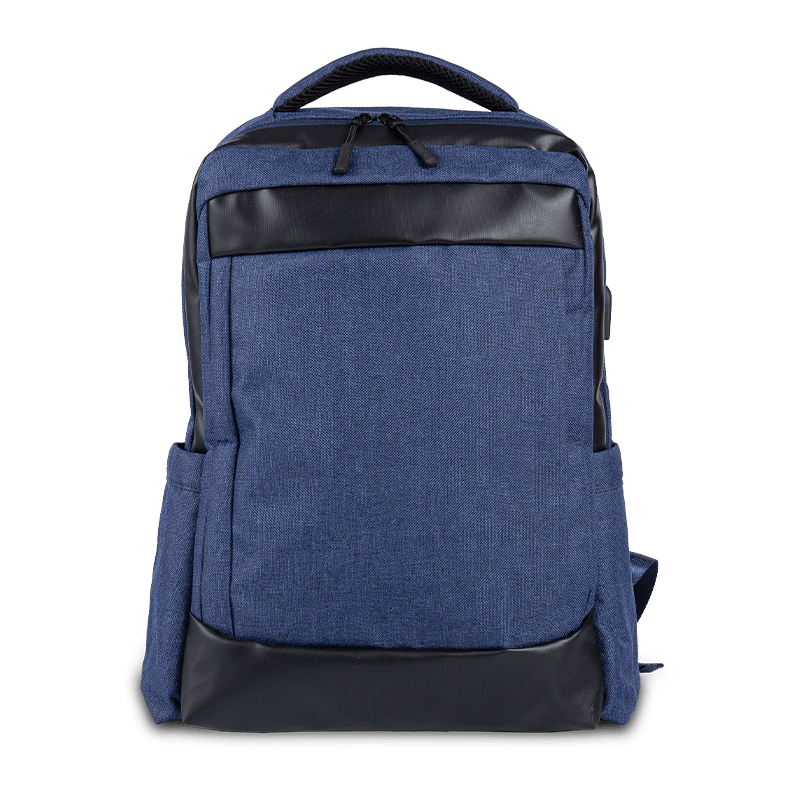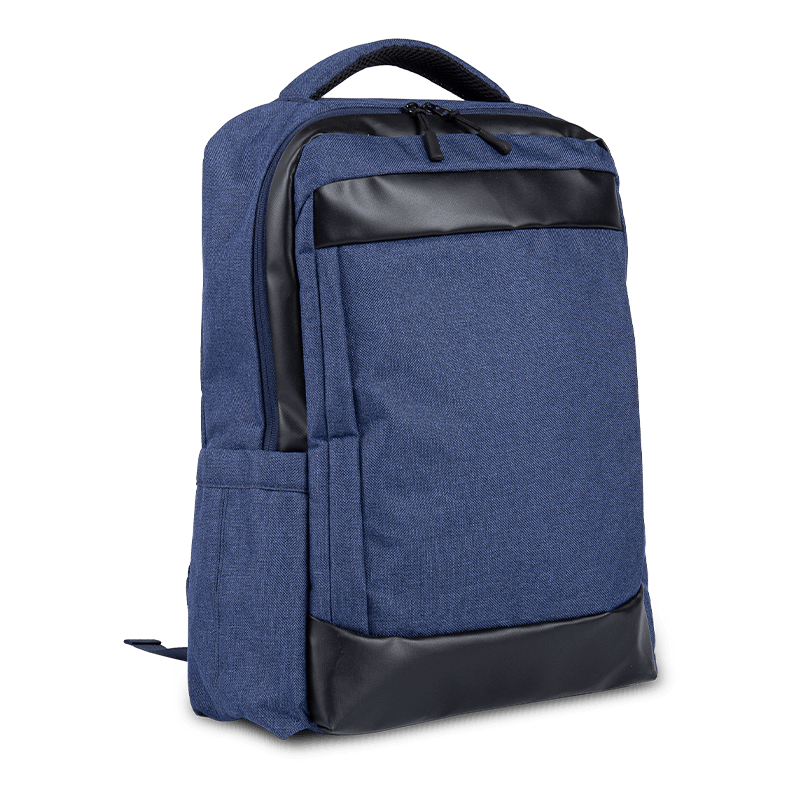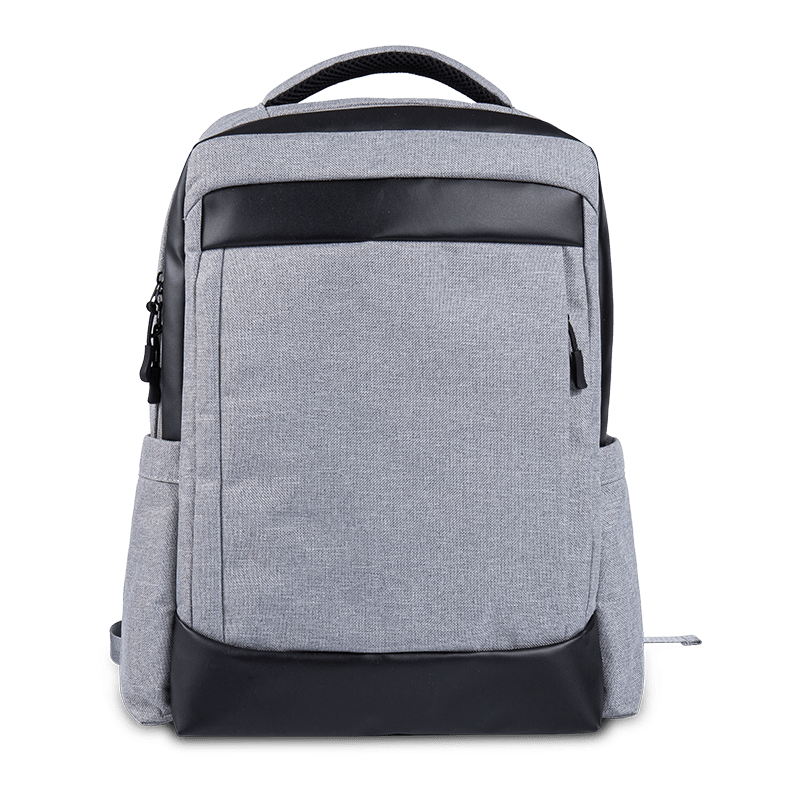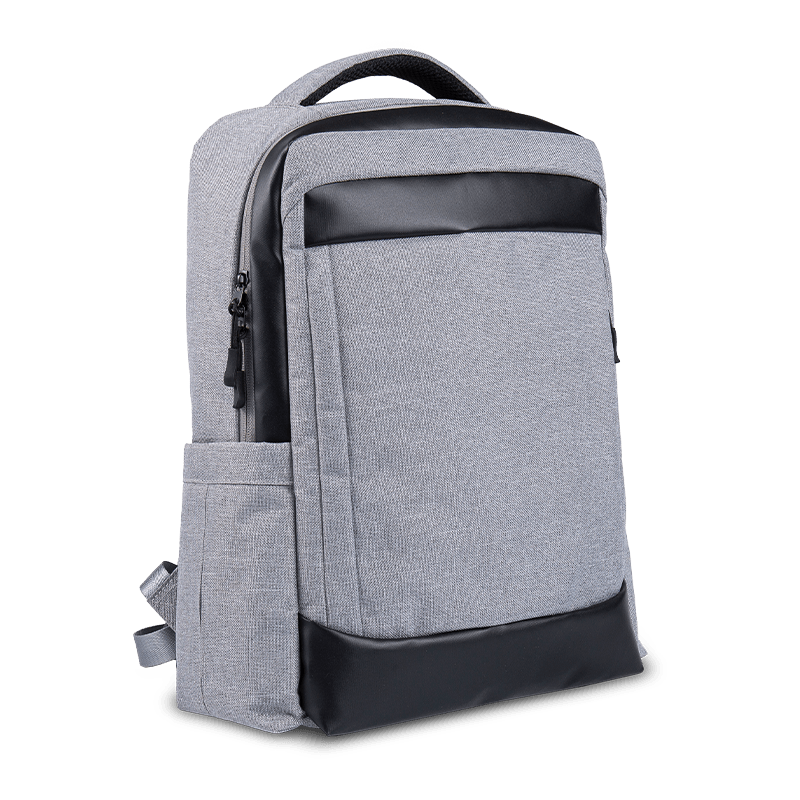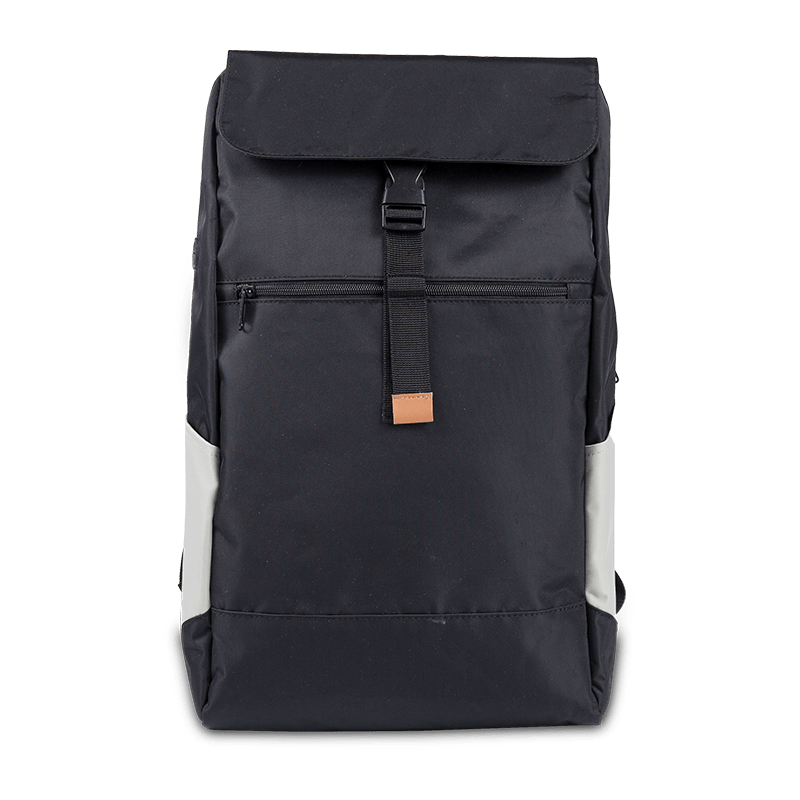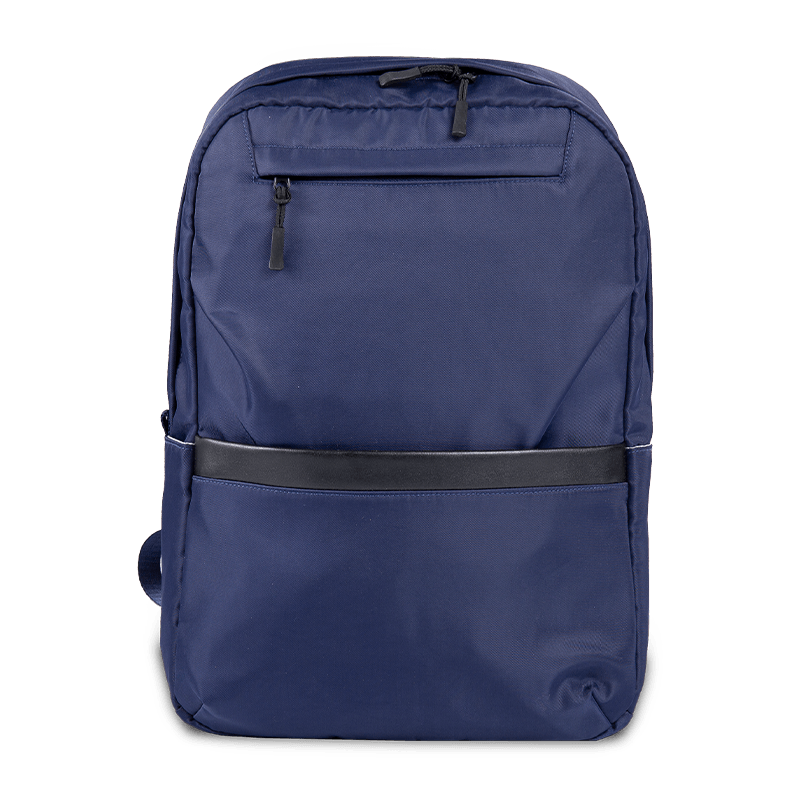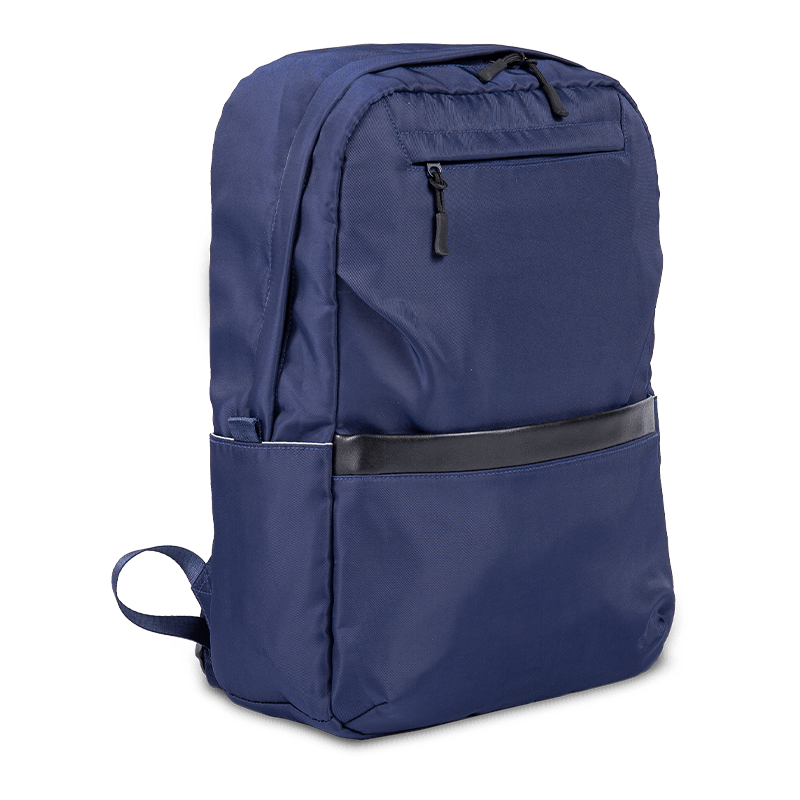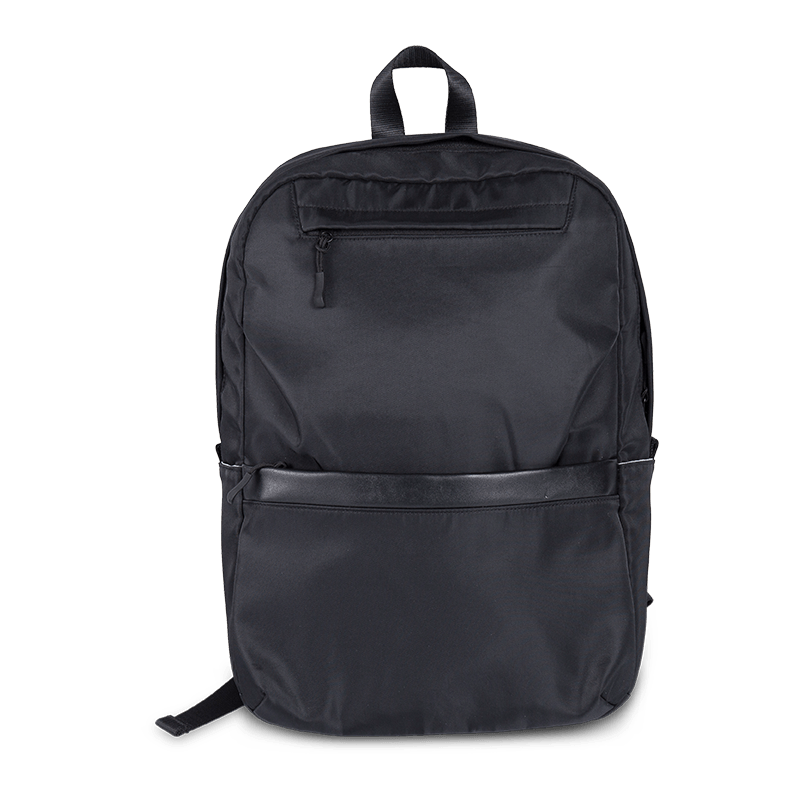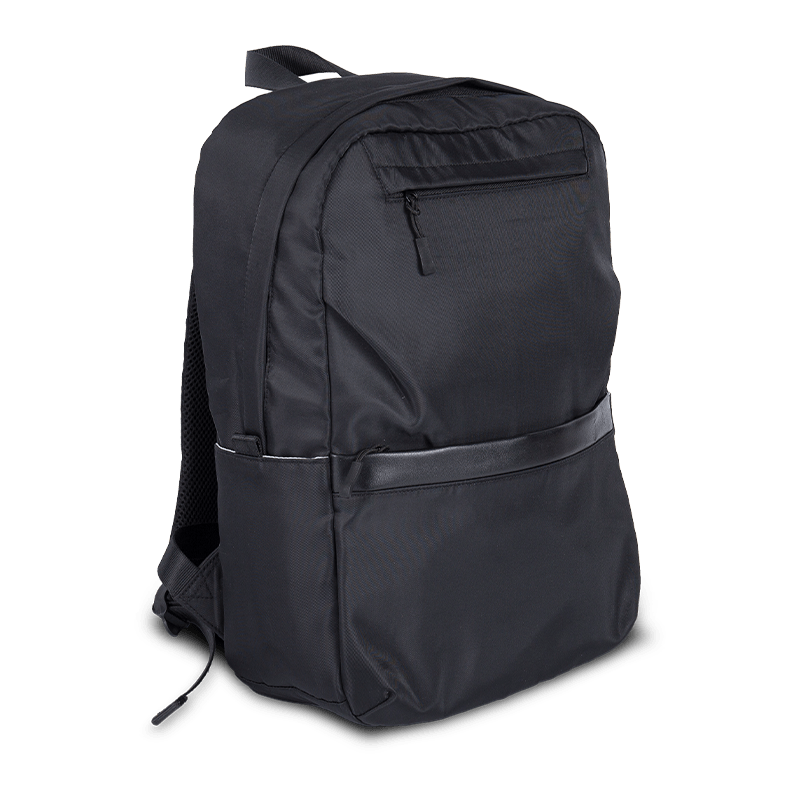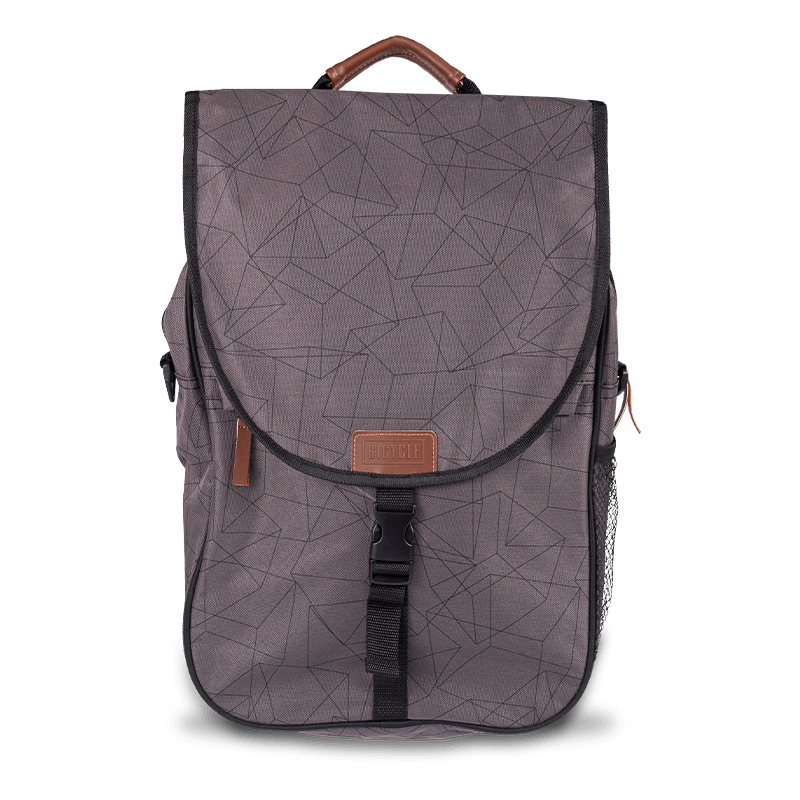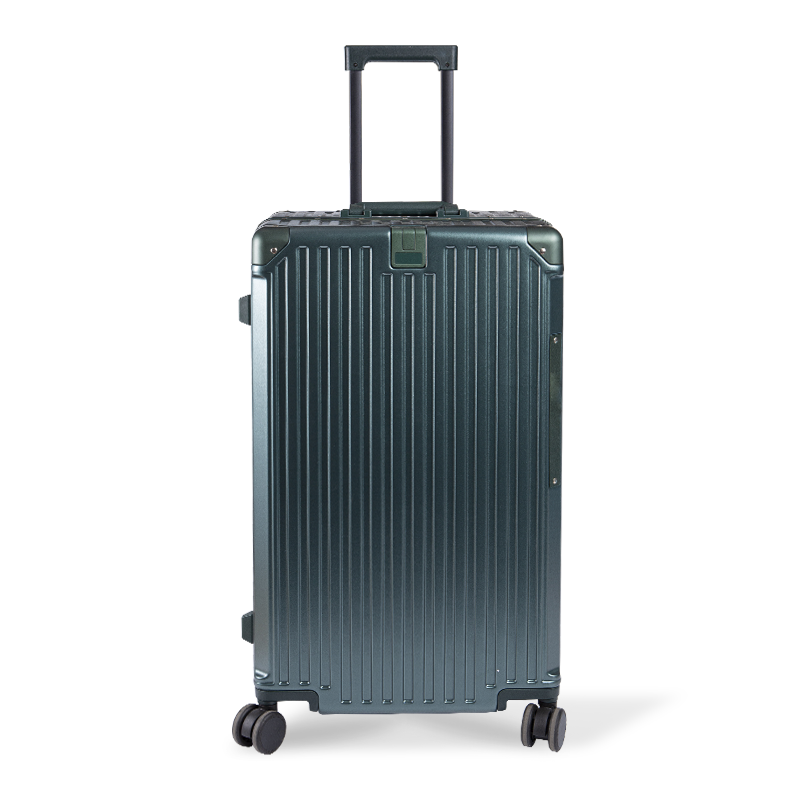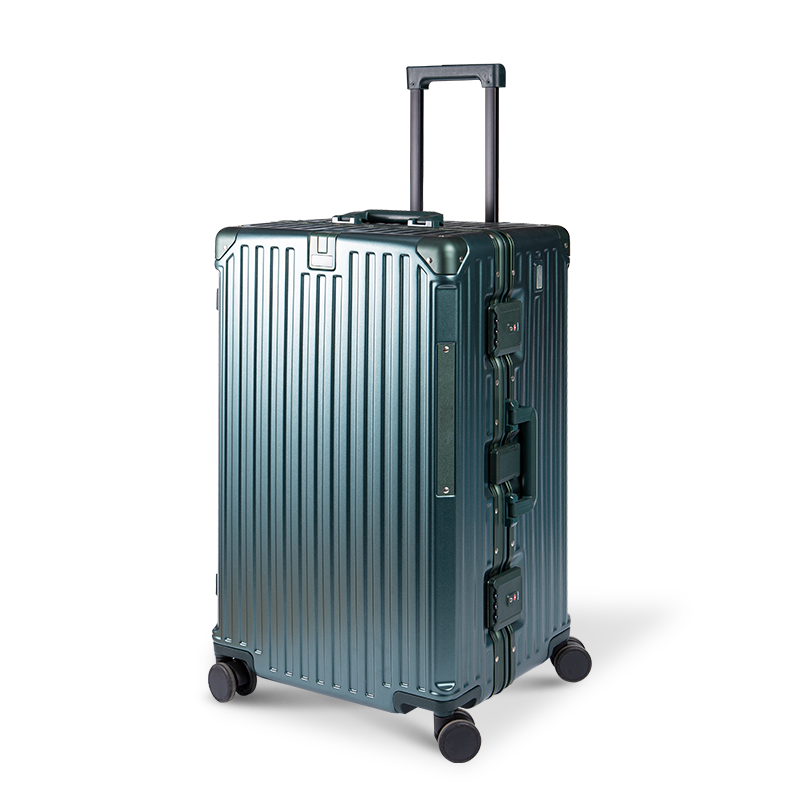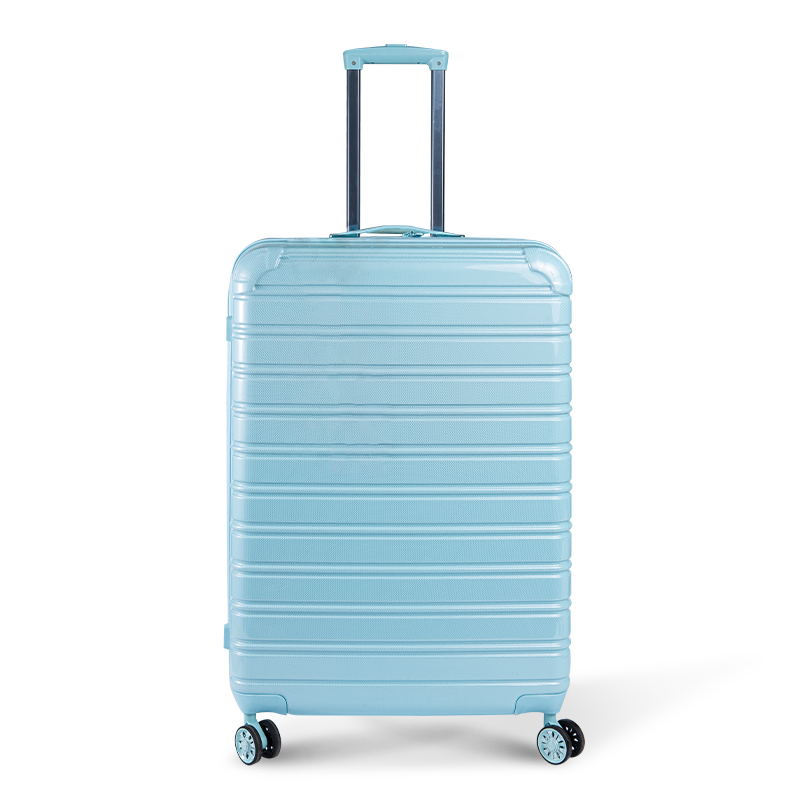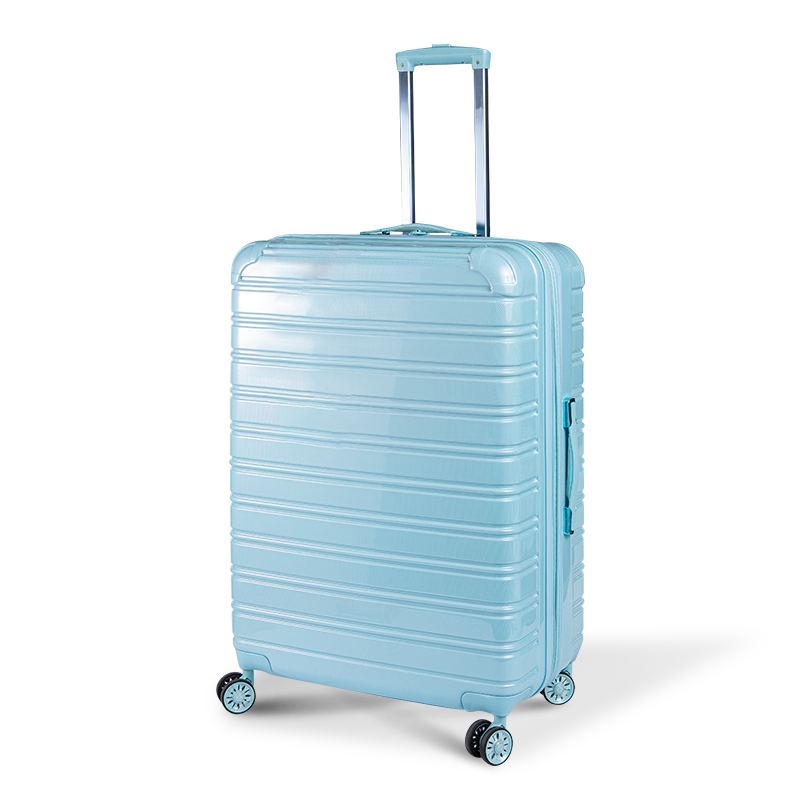Trolley backpacks are the ultimate travel hybrid, offering the carrying comfort of a backpack with the rolling convenience of a suitcase. But this versatile workhorse has a critical point of failure: the zipper. A stuck or broken zipper can transform your smooth-moving companion into a frustrating, unusable burden right when you need it most.
The good news is that most zipper disasters are entirely preventable. With proper knowledge and a few simple habits, you can ensure the smooth backpack zipper operation of your trolley bag for years to come. This guide will walk you through the causes of zipper failure and provide actionable steps for trolley backpack zipper care and preventing luggage zipper failure.
Understanding the Enemy: Why Zippers Get Stuck or Break
Before we dive into prevention, it’s helpful to know what you’re up against. Zippers on trolley backpacks face unique challenges:
Overstuffing: This is the number one cause of zipper failure. When you force a zipper closed against immense pressure, you strain the teeth, the slider, and the fabric tape they’re attached to. This can lead to teeth popping apart, the slider bending, or the tape tearing away from the bag entirely.
Fabric Bite: The interior or exterior liner of the backpack can get caught in the zipper’s path. A common scenario is the soft, waterproof lining of a main compartment getting snagged as you try to close a overstuffed bag.
Dirt and Debris: Grit, sand, dust, and pet hair act like sandpaper. They work their way into the zipper teeth and slider, causing increased friction, grinding down the metal or plastic components, and eventually leading to a stuck zipper.
Misalignment: If the zipper slider is forced when the teeth aren’t perfectly aligned at the bottom, it can jump the track. Once this happens, it’s very difficult to get it back on without causing damage.
General Wear and Tear: Constant use, sun exposure, and moisture can cause the zipper’s fabric tape to shrink, stretch, or weaken, while the slider itself can become loose and less effective at meshing the teeth.
Understanding these causes is the first step in maintaining trolley bag zippers. Now, let’s get into the practical solutions.
Section 1: Proactive Maintenance and Care
Prevention is always better than cure. A little regular upkeep goes a long way in ensuring durable backpack zipper performance.
The Art of Proper Lubrication
Just like any mechanical component, zippers need lubrication to function smoothly. However, never use WD-40 or oily substances like petroleum jelly, as they will attract more dirt and stain your belongings.
Best Practice: Use a dedicated zipper lubricant stick or a dry, silicone-based lubricant. A common and highly effective trick is to gently rub a bar of soap, a white candle (paraffin wax), or even the lead of a graphite pencil on the teeth of the zipper. These materials provide a slick, dry coating that reduces friction without being messy. Do this every few months or if you notice the zipper starting to feel rough.
Regular Cleaning is Key
Grit is a zipper’s worst enemy. Make it a habit to clean your zippers regularly.
How-To: Unzip the bag completely. Use a soft-bristled brush (an old toothbrush works perfectly) to gently scrub away any visible dirt from the teeth and the slider. For stubborn grime, you can dip the brush in a small amount of mild soapy water, but ensure you wipe the zipper dry thoroughly afterward to prevent rust on metal zippers. This simple act of cleaning travel backpack zippers will significantly extend their life.
Inspect and Align
Before every trip, give your zippers a quick once-over.
Check the Slider: Is it sitting straight? Is it loose or wobbly? A damaged slider should be replaced before it fails completely.
Check the Teeth: Look for any bent, missing, or damaged teeth. If you spot a problem early, you can sometimes prevent a catastrophic failure mid-trip.
Check the Tape: Ensure the fabric on either side of the zipper is not fraying or pulling away.
Section 2: Proper Usage Techniques
How you use your bag daily has the biggest impact on its longevity. Mastering these techniques is crucial for fixing stuck luggage zippers before they even happen.
The Golden Rule: Don’t Overstuff!
This cannot be overstated. Respect the bag’s capacity. If you have to strain, sit on, or use excessive force to zip the bag, you are actively breaking it. A good rule of thumb is to leave about an inch of space between the contents and the zipper line. Using compression cubes can help you pack more efficiently without putting pressure on the zippers.
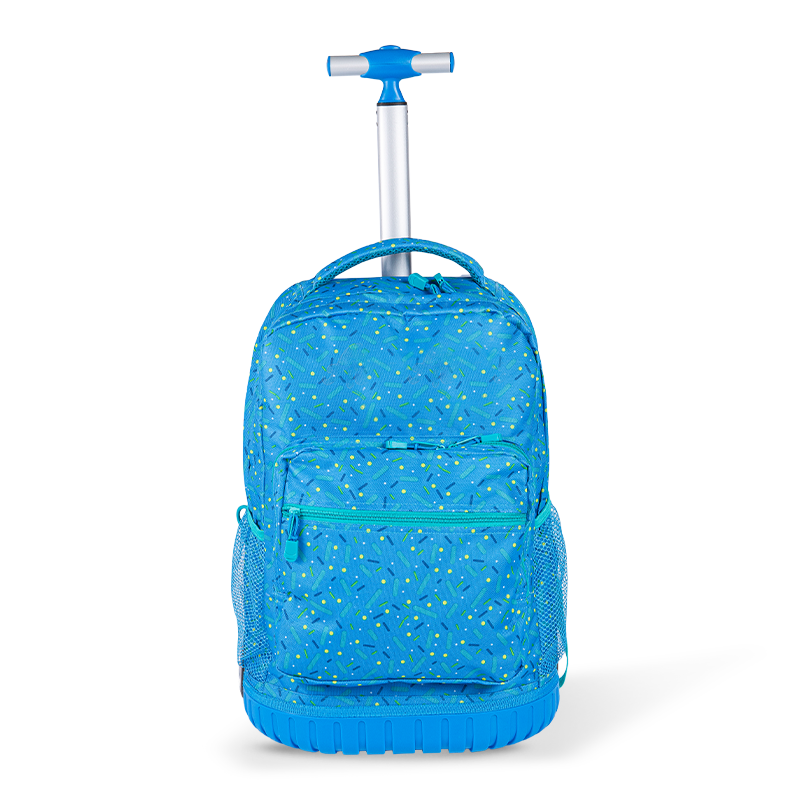
Master the Two-Handed Close
Always use your free hand to guide the zipper’s path. As you pull the slider with one hand, use the other to hold the two sides of the bag together just ahead of the moving slider. This technique ensures the teeth mesh together perfectly and prevents the fabric from getting caught. This is the single most effective habit for smooth backpack zipper operation.
Be Mindful of the Lining
When closing the main compartment, take a second to tuck all straps, loose clothing, and that vulnerable inner lining into the center of the bag, away from the zipper’s teeth. This simple act prevents the dreaded fabric snag.
Never Force It!
If the zipper refuses to move, stop immediately. Forcing it will only compound the problem, bending teeth or permanently jamming the slider. Take a deep breath, gently reverse direction to see if it will backtrack, and investigate the cause.
Section 3: Troubleshooting a Stuck Zipper
Even with the best care, zippers can still get stuck. Here’s how to handle it calmly and effectively, ensuring you have the knowledge for easy zipper repair for travel bags.
For a Fabric Snag:
Don’t pull the slider. You’ll tear the fabric.
Gently try to work the caught fabric free with your fingers or a pair of tweezers.
If the snag is tight, you can try carefully using a seam ripper to gently pry the individual threads loose. This is a last resort and must be done with extreme caution to avoid making a hole.
For a Zipper That’s Just “Stuck”:
Apply Lubricant: If you have graphite, soap, or a lubricant stick on hand, apply it to the teeth around the stuck slider.
Wiggle Gently: While applying a very slight pulling force on the slider, gently wiggle it back and forth (not just side to side, but also up and down slightly). The combination of lubrication and gentle movement can often work it free.
Use Pliers (Carefully!): If the slider is truly stuck, you can use a pair of needle-nose pliers to get a better grip on the slider’s pull tab. Do not crush the slider. Use the pliers only to apply a more controlled, steady pressure, continuing to wiggle as you pull.
For a Zipper That Has Come Off One Side:
This is a more delicate operation. You must partially unzip the bag to get to the bottom of the track.
Realign the two sides of the teeth perfectly at the bottom.
Slowly and carefully guide the slider back onto the track, ensuring both sides of the slider channel are correctly seated on the teeth. It can be fiddly but is often possible with patience.
Conclusion: A Stitch in Time Saves Nine
Your trolley backpack is a significant investment in your comfort and mobility. By integrating these simple practices—regular cleaning, mindful lubrication, avoiding overstuffing, and using proper closing techniques—you are practicing essential trolley backpack zipper care. This proactive approach to preventing luggage zipper failure will save you from the immense frustration of a broken bag at the airport, train station, or on a hike.
Treat your zippers with respect, and they will provide you with years of durable backpack zipper performance, ensuring your travels remain smooth from start to finish. Remember, the few seconds it takes to zip your bag properly are nothing compared to the hours of hassle a broken zipper can cause.

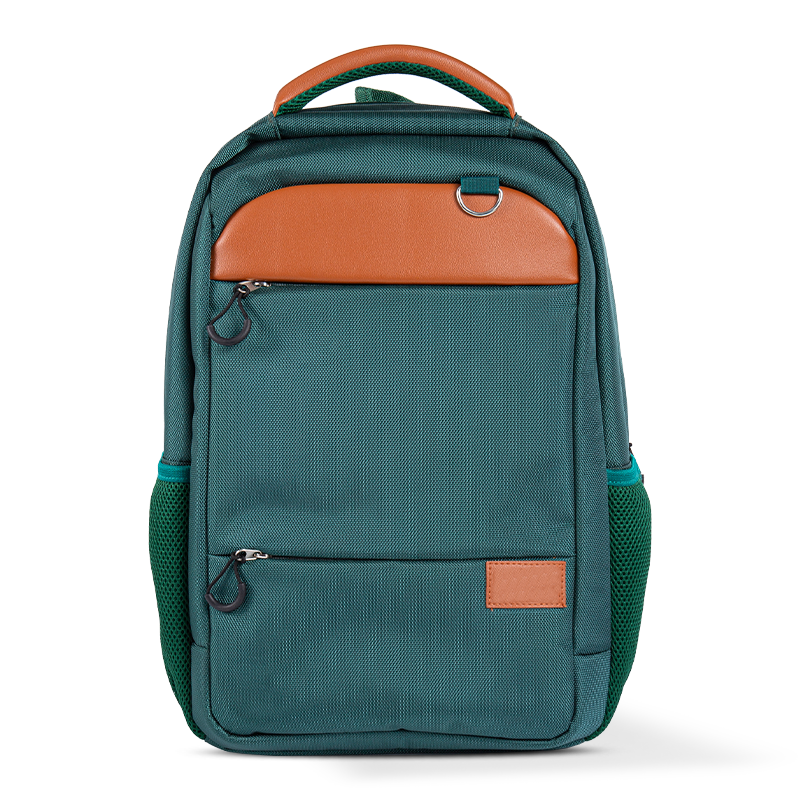
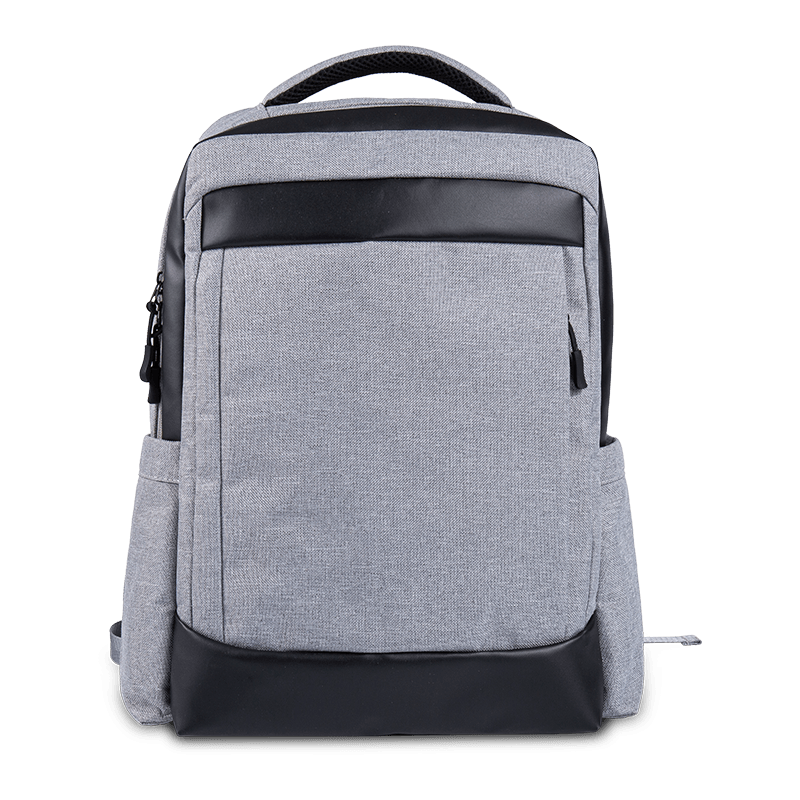
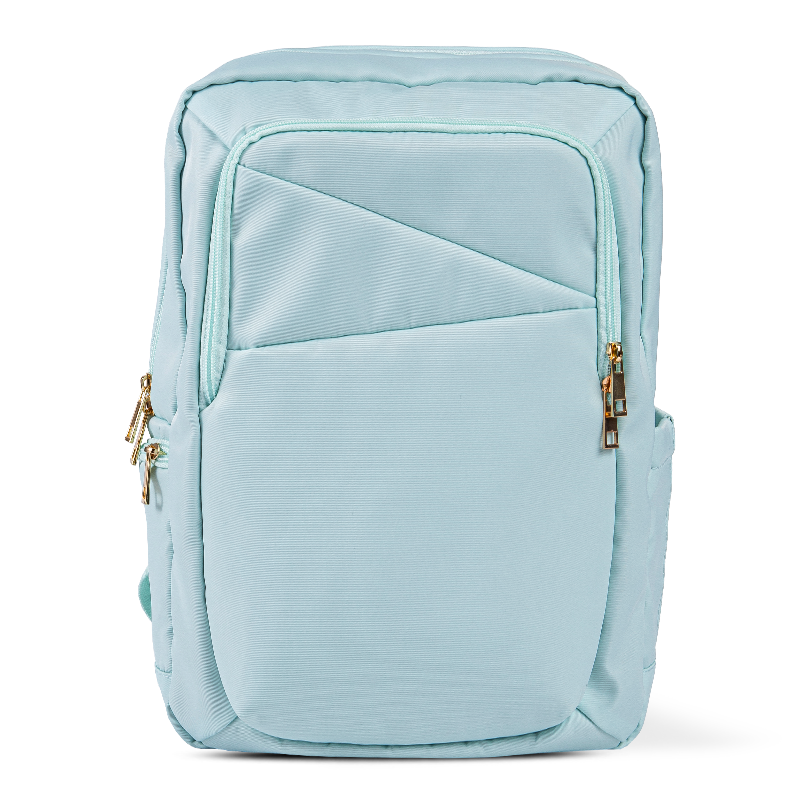
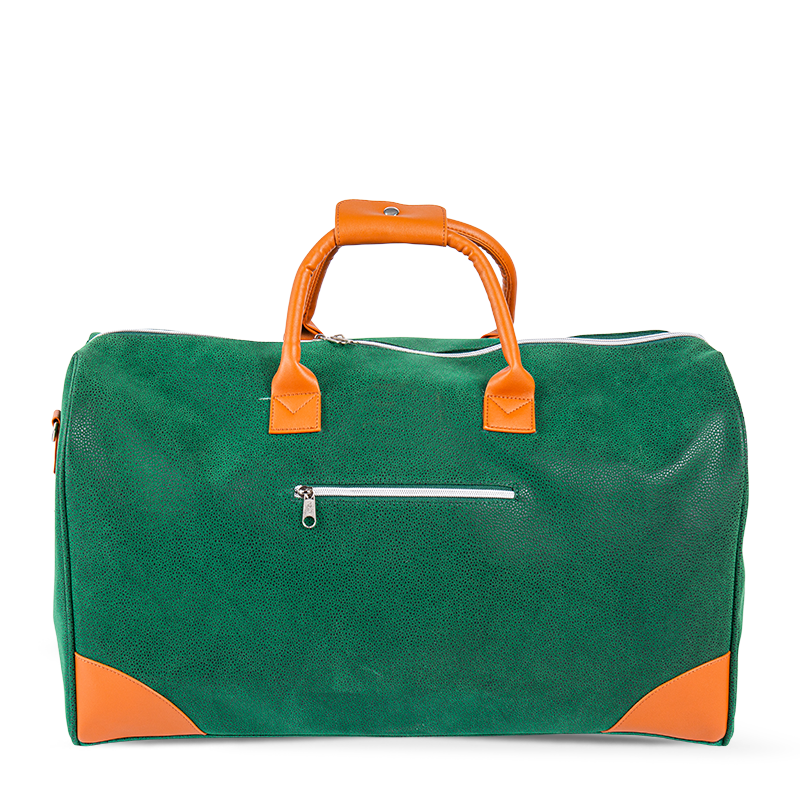

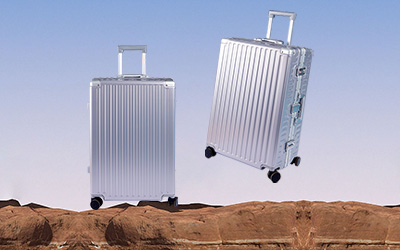
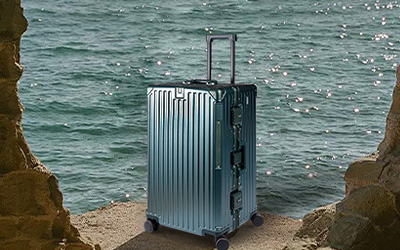
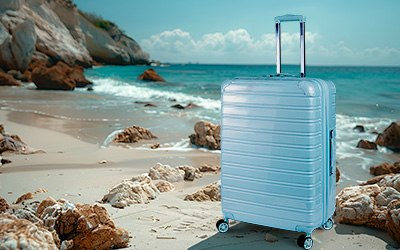
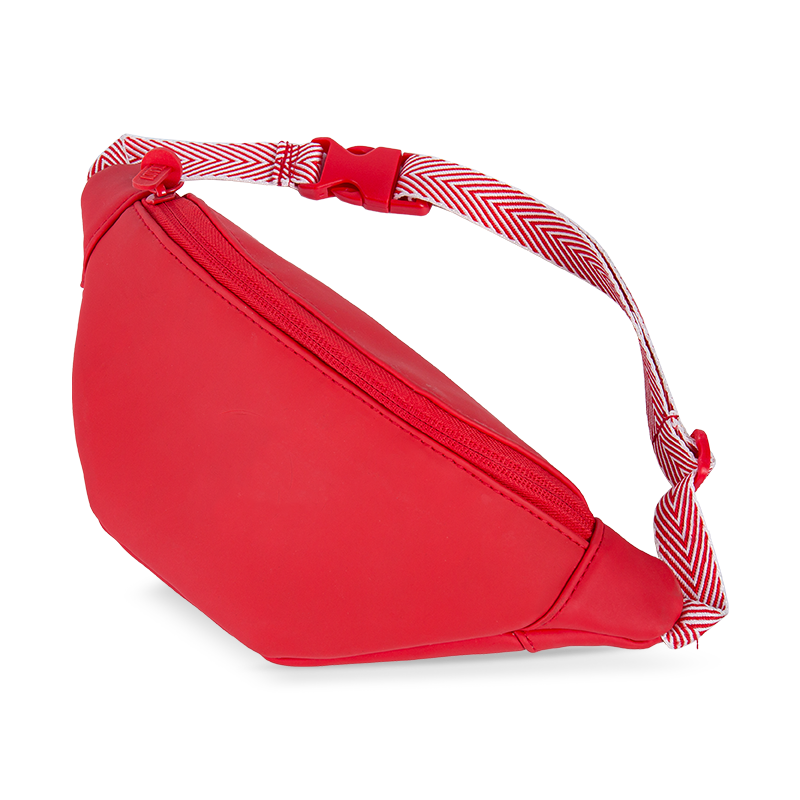
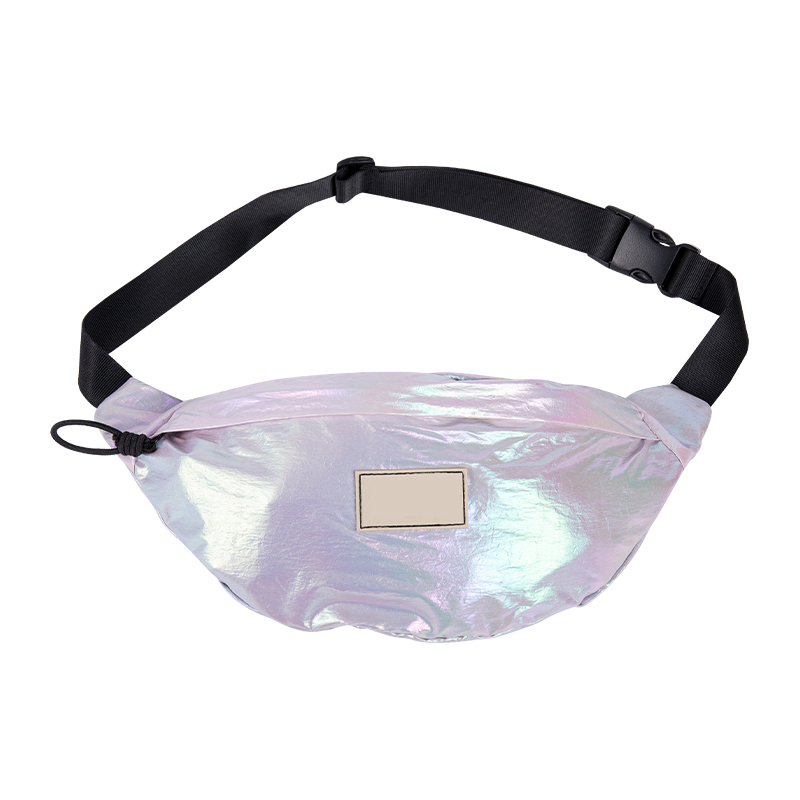
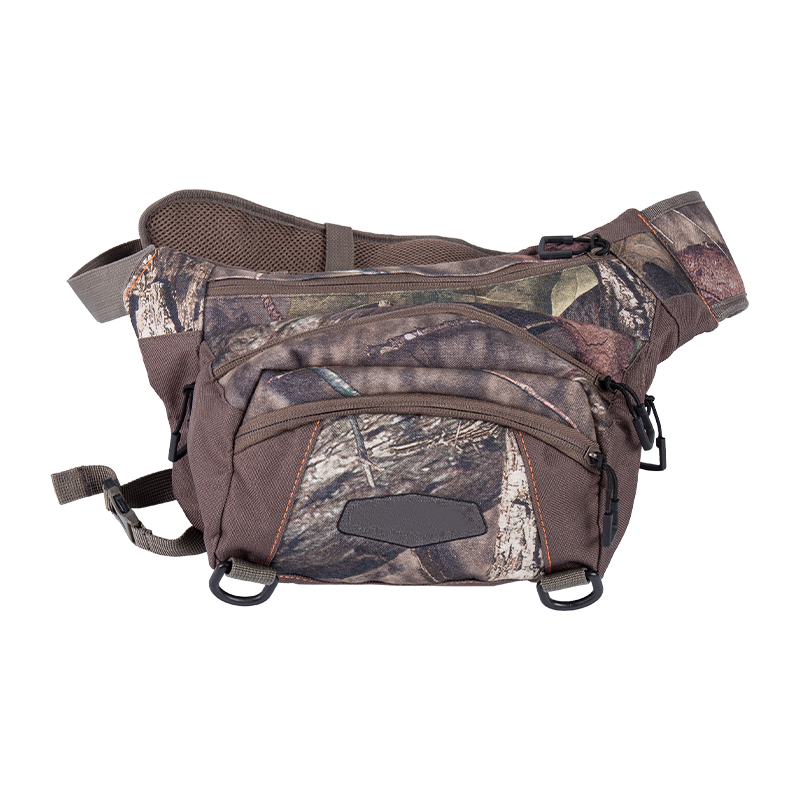



 English
English Español
Español عربى
عربى